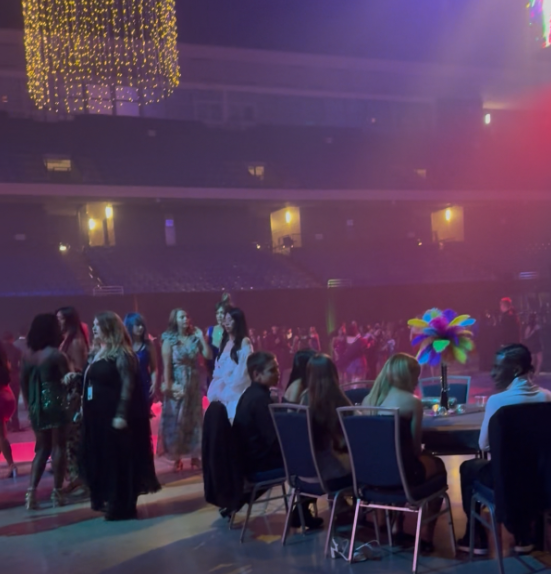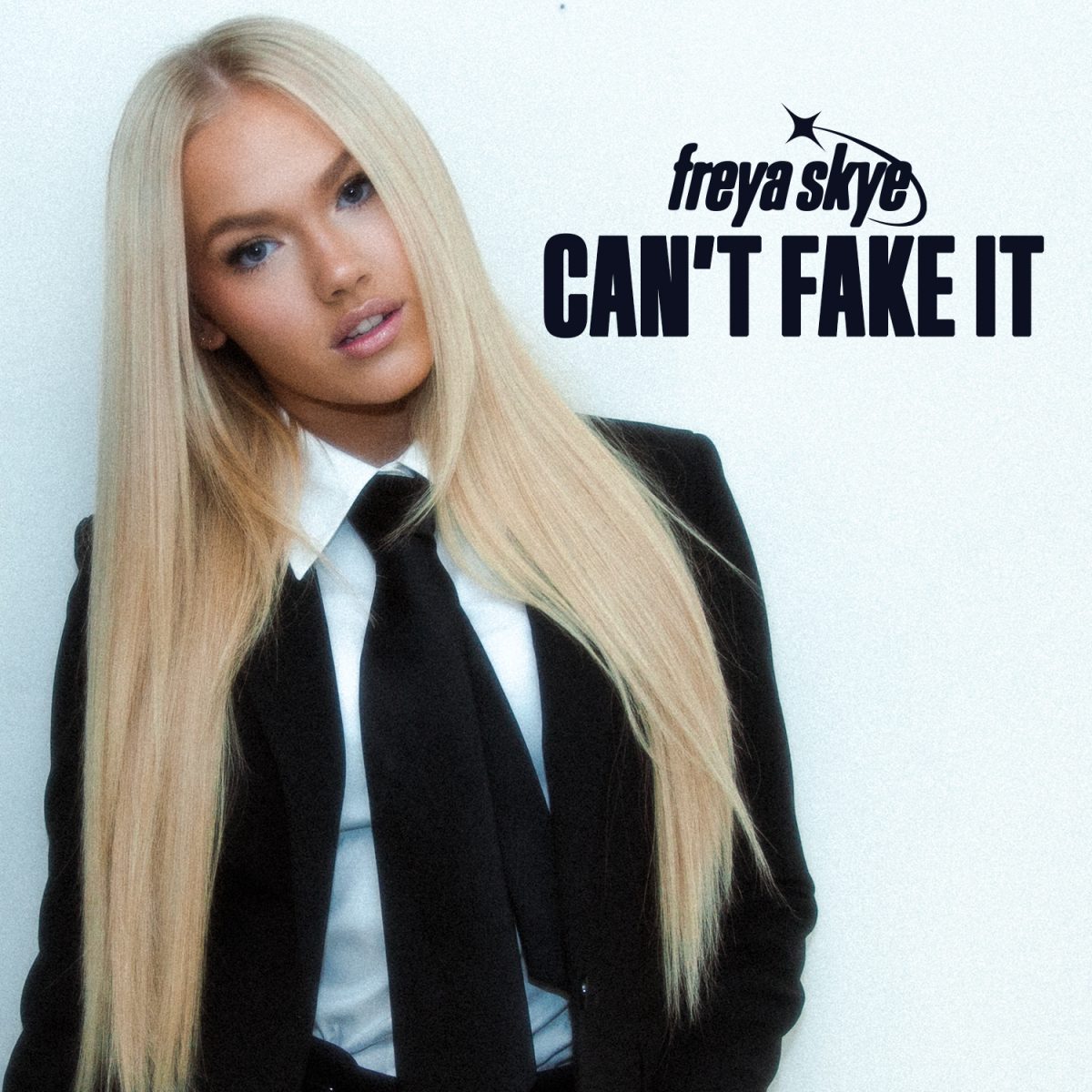Valentine’s Day is widely celebrated as a day to ‘express one’s love’, yet the holiday seems to lack any connection to authentic experiences of love. Instead, it relies on giving ‘tokens of love’ to symbolize authenticity. This act of tokenizing love renders it fungible and creates a state of indeterminate authenticity isolated from genuine experience.
The classic symbols of Valentine’s Day constitute a universal language for signifying one’s love. The teddy bears, box of chocolates, and bouquet of roses all connect into a web of co-signification. When these symbols are relied upon to express an abstract and nuanced experience like love, that has the effect of reducing the meaning of that experience by flatting it to a clearly representable token. That ‘token of love’ can be exchanged without one having to actually experience the emotion because it has become a universalized referent to authentic experience. Thus, Valentine’s Day constitutes a simulacral relationship to love, whereby it reproduces hollow signifiers that do not actually represent authentic love but rather those universalized symbols of love, creating a degree of separation from the original and its signifier, whereupon its ‘meaning’ is lost.
A collection of interlinking simulacra like hearts, roses, and teddy bears collectively constitute hyperreality. Hyperreality is a social state of confusion between what is ‘real’ and ‘fake’ within an economy of signs. Because Valentine’s Day relies on universalizable referents of particular phenomena that can be collectively understood, it replaces particularity with homogenous and shared experiences. This has the effect of subsuming ‘real’ experiences of love with a generalized and ubiquitous experience and language to communicate love, blurring the lines of authentic and inauthentic experience.
Valentine’s Day possesses a smooth surface; that is, one without flaw or discontinuity, for it relies on a marketable image of perfection to sustain the fantasy that it is truly a real expression of love. Here, branding functions to collapse the clandestine discontinuity between the original and the referent by creating a ‘surface’ of authentic love. Through a series of universal signifiers, the facade of perfection and cleanliness pervades common experiences and perceptions of love ‒ that certain signifiers must be had for an experience to be authentic.
The question of authentic love is integral to the image of Valentine’s Day. ‘Authenticity’ is itself a hollow signifier of the ‘truthfulness’ of other signifiers to represent their signified. By constructing a profile of authentic symbols and experiences, the facade of Valentine’s Day is masked, hiding the absence of its original signified object of love.
Valentine’s Day is a commercialized event. Billions in revenue is generated every year from the products purchased and restaurants attended. Companies that sell Valentine’s Day products are incentivized to market those products as symbols of love to persuade consumers to purchase them. Every tokenized symbol of love under Valentine’s Day does not originate from an authentic universality of the endearing nature of things like teddy bears or chocolates, but rather through advertisement. TV, social media, films, and so on are spaces bought out by corporate advertisers to sell these tokens, creating conscious associations between particular products and love. Undergirding all of these advertisements is a common narrative thread: consumption. Through continuous exposure to subliminal and overt advertising, a subconscious association between ‘love’ and ‘consumption’ is produced. No company will say that buying a product equals love, but the implicit logic that love is communicated through tokens that can only be purchased causes the unconscious mind to ‘fill the gaps’ and invest libidinal energy into the value of consumption.
Hence, love is bought. Through the purchasing and exchange of fungible tokens, love becomes a transactional affair. Put differently, authentic experience is traded for the exchange of tokens of authentic experience, liberating individuals from the need to truly experience emotions like love because they can simply signify that they experience without appearing inauthentic. This creates an entire economy of love that is sustained through continual renewals of the fantasy of its real-ness.
But most people know Valentine’s Day is not real. Few are truly duped by its inauthenticity. Rather, it fulfills the Disneyland function of modern love ‒ it is the ‘obvious fake’ sustained to make love appear real. By juxtaposing the absurd idealism of Valentine’s Day’s perfect and clean image to everyday love, the fantasy that love is real is sustained. Despite this, everyday love operates on this exact same level of fungibility ‒ only without the theatrics of Valentine’s Day. The celebration of the holiday is a form of psychic renewal where people pretend to know better yet act as if they still believe to connote a false sense of awareness and agency within an economy of signs that they refuse to accept has contorted their perception of reality. On the conscious level, one is aware of the facade, but on the subconscious level, they are still attached to this fungible notion of love, so they act transactionally regardless of what they say they believe.
Valentine’s Day is the savior of love. It is the day everyone knowingly partakes in the fantasy of ‘inauthentic love’ through cheesy and cliche rituals to counterpose the reality of the everyday. Yet, despite the ‘loudness’ and ‘camp’ of Valentine’s Day, the underlying relationship between love and consumption still permeates the everyday. Valentine’s Day is a spectacular event that fails to truly redeem the mundane because they both rely on the same logic of fungibility that dissociates people from their authentic experiences of love.
So, maybe do not buy that cheap consumer product for your Valentine. But of course, not doing so would be just another tokenization of (in)authentic love ‒ a performative act of awareness that seeks to elevate oneself above everyone else’s supposed delusion to appear more real. This is equally a part of hyperreality. So, maybe just stop caring about what is ‘real’ or ‘not’ because one can never truly know. Instead of worrying about (in)authenticy, just have fun ‒ but probably still avoid buying cheap junk produced in sweatshops.









